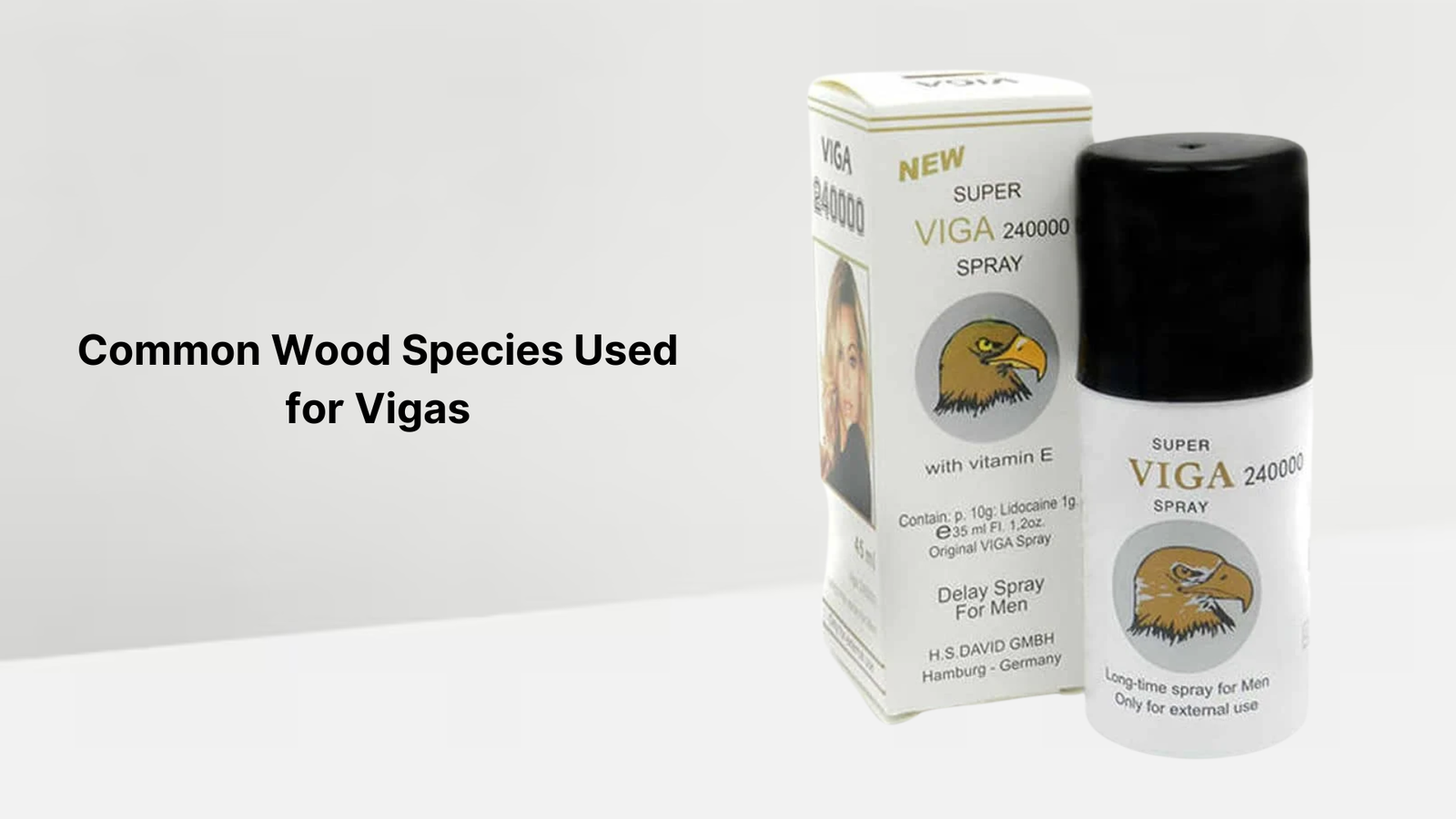Best vigas online – BigBasket.Pk
Vigas are traditional wooden beams integral to Southwestern architecture, particularly in adobe structures. These beams not only provide structural support but also contribute to the aesthetic charm of buildings in regions like New Mexico and Arizona. Understanding the role and significance of vigas offers insight into the cultural and architectural heritage of these areas.
Contents
- 1 Historical Significance of Vigas in Southwestern Architecture
- 2 Materials and Sourcing: Understanding the Types of Wood Used for Vigas
- 3 Construction Techniques: Integrating Vigas into Building Structures
- 4 Aesthetic Contributions: Enhancing Interior and Exterior Designs with Vigas
- 5 FAQs
- 5.1 What are vigas, and why are they important in Southwestern architecture?
- 5.2 What types of wood are commonly used for vigas, and how does it affect durability?
- 5.3 How are vigas installed in adobe and Pueblo-style homes?
- 5.4 What are the benefits of using vigas in contemporary home design?
- 5.5 Can vigas be added to existing homes, and what challenges may arise?
Historical Significance of Vigas in Southwestern Architecture
How Vigas Were Traditionally Used in Adobe Construction Techniques
In traditional adobe construction, vigas were essential components, serving as the primary support for roofs. Builders would lay these beams across walls, spacing them evenly to distribute weight effectively. The vigas would then support smaller poles called latillas, over which a layer of mud or plaster was applied to create a sturdy roof. This method showcased the resourcefulness of early builders in utilizing available materials to create durable structures.
The Cultural Importance of Vigas in Indigenous and Hispanic Communities
For Indigenous and Hispanic communities, vigas hold deep cultural significance. They represent a connection to ancestral building practices and a harmonious relationship with the environment. The use of natural materials like wood and earth in construction reflects a sustainable approach to living, honoring traditions passed down through generations. Vigas are more than structural elements; they are symbols of cultural identity and heritage.
Evolution of Viga Designs and Their Influence on Modern Architecture
Over time, viga designs have evolved, influencing modern architectural styles. While traditional vigas were purely functional, contemporary interpretations often incorporate decorative elements, blending rustic charm with modern aesthetics. This evolution demonstrates the enduring appeal of vigas and their adaptability to various design preferences, ensuring their continued relevance in architecture.
Materials and Sourcing: Understanding the Types of Wood Used for Vigas
Common Wood Species Used for Vigas and Their Durability Factors
Traditionally, builders sourced vigas from locally available wood species such as ponderosa pine, spruce, and fir. These woods were favored for their strength and availability. Ponderosa pine, in particular, was abundant and provided the necessary durability for structural support. The choice of wood significantly impacts the longevity and resilience of the vigas, making it a crucial consideration in construction.
Sustainable Practices in Harvesting Wood for Vigas in Modern Times
In contemporary construction, sustainability has become a priority. Responsible harvesting practices ensure that wood for vigas is sourced without causing environmental degradation. This includes selecting trees from managed forests and adhering to guidelines that promote forest regeneration. Such practices balance the need for traditional building materials with ecological preservation, reflecting a commitment to environmental stewardship.
Alternative Materials and Treatments to Enhance Viga Longevity
To enhance the durability of vigas, builders now employ various treatments and alternative materials. Applying sealants protects the wood from moisture and pests, extending its lifespan. Additionally, some builders use engineered wood or faux vigas made from synthetic materials that mimic the appearance of traditional wood. These alternatives offer increased resistance to environmental factors while maintaining the aesthetic qualities of natural vigas.
Construction Techniques: Integrating Vigas into Building Structures
Traditional Methods of Installing Vigas in Adobe and Pueblo-Style Homes
In adobe and Pueblo-style homes, installing vigas involves precise techniques. Builders carve pockets into the adobe walls where the vigas will rest, ensuring a secure fit. The beams are then laid across the walls at regular intervals, with latillas placed perpendicular to create a supportive lattice for the roof. This method showcases the ingenuity of traditional construction practices, emphasizing both functionality and aesthetic appeal.
Modern Adaptations of Viga Installation in Contemporary Architecture
Contemporary architecture has adapted viga installation to suit modern building codes and materials. While maintaining the traditional appearance, builders may use steel supports hidden within the wood to meet structural requirements. Additionally, faux vigas made from lightweight materials are installed purely for decorative purposes, allowing for greater flexibility in design without compromising safety or integrity.
Challenges and Solutions in Retrofitting Vigas into Existing Structures
Retrofitting vigas into existing structures presents unique challenges, such as ensuring structural compatibility and addressing potential load-bearing issues. Solutions include reinforcing existing walls, consulting structural engineers, and using non-structural faux vigas for aesthetic enhancement. These approaches allow homeowners to incorporate traditional design elements while maintaining the safety and stability of their homes.
Aesthetic Contributions: Enhancing Interior and Exterior Designs with Vigas
How Vigas Add Rustic Charm and Authenticity to Interior Spaces
In interior design, exposed vigas contribute a rustic charm that evokes warmth and authenticity. They draw the eye upward, creating a sense of spaciousness and adding textural contrast to ceilings. Whether left in their natural state or stained to complement the décor, vigas serve as focal points that enhance the character of a room, reflecting a connection to traditional craftsmanship.
Incorporating Vigas into Exterior Facades for Southwestern Architectural Appeal
On exterior facades, vigas extend beyond the walls, creating shadow lines and adding depth to the building’s appearance. This characteristic is emblematic of Southwestern architecture, contributing to the regional identity of structures. The projection of vigas beyond the roofline not only serves aesthetic purposes but also provides practical benefits, such as shading and protection from the elements.
Combining Vigas with Modern Design Elements for a Fusion Aesthetic
Combining vigas with modern design elements results in a fusion aesthetic that honors tradition while embracing contemporary styles. For instance, pairing the rustic texture of vigas with sleek, minimalist furnishings creates a balanced contrast. This blend allows for creative expression, enabling designers and homeowners to craft spaces that are both timeless and current, reflecting a personalized approach to interior design.
FAQs
What are vigas, and why are they important in Southwestern architecture?
Vigas are traditional wooden beams commonly used in Southwestern adobe architecture. They serve both structural and aesthetic purposes, supporting roofs while enhancing the rustic appeal of buildings. Historically, they were essential in indigenous and Hispanic construction, reflecting a sustainable approach to building. Today, vigas remain a key feature in Pueblo-style homes and modern Southwestern designs, preserving their cultural and architectural significance.
What types of wood are commonly used for vigas, and how does it affect durability?
Traditional vigas are crafted from wood species such as ponderosa pine, spruce, and fir due to their strength and availability. The durability of vigas depends on the type of wood used, with some species naturally resisting moisture and decay better than others. To extend their lifespan, modern treatments like sealants or kiln-drying are applied. Some builders also opt for synthetic materials that mimic the appearance of natural wood while offering increased longevity.
How are vigas installed in adobe and Pueblo-style homes?
In adobe and Pueblo-style homes, vigas are carefully positioned within pockets carved into the walls to ensure stability. They are placed at regular intervals across the ceiling, supporting smaller wooden slats called latillas, which hold the roof in place. This traditional method is still widely used, but modern adaptations incorporate hidden steel supports or decorative faux vigas that provide the same aesthetic without structural function.
What are the benefits of using vigas in contemporary home design?
Vigas add a timeless, rustic charm to both interior and exterior spaces, creating warmth and character. In interiors, they draw attention to the ceiling, making rooms feel larger and more inviting. Externally, they contribute to Southwestern architectural appeal by extending beyond the walls, adding depth and shadow. When combined with modern elements, vigas create a beautiful fusion of traditional and contemporary design, making them a versatile feature in home décor.
Can vigas be added to existing homes, and what challenges may arise?
Yes, vigas can be retrofitted into existing homes, but certain challenges need to be addressed. Structural integrity must be evaluated to determine if the walls can support the weight of real vigas. If not, decorative faux vigas can be used to achieve the same visual effect. Proper installation techniques, consultation with experts, and the use of lightweight alternatives help homeowners incorporate vigas without compromising safety or functionality.



